3D-Printed Head Unlocks Android Flagships, iPhone X Remains ‘Impossible’ To Beat: Forbes
Karamchand Rameshwar - Dec 18, 2018
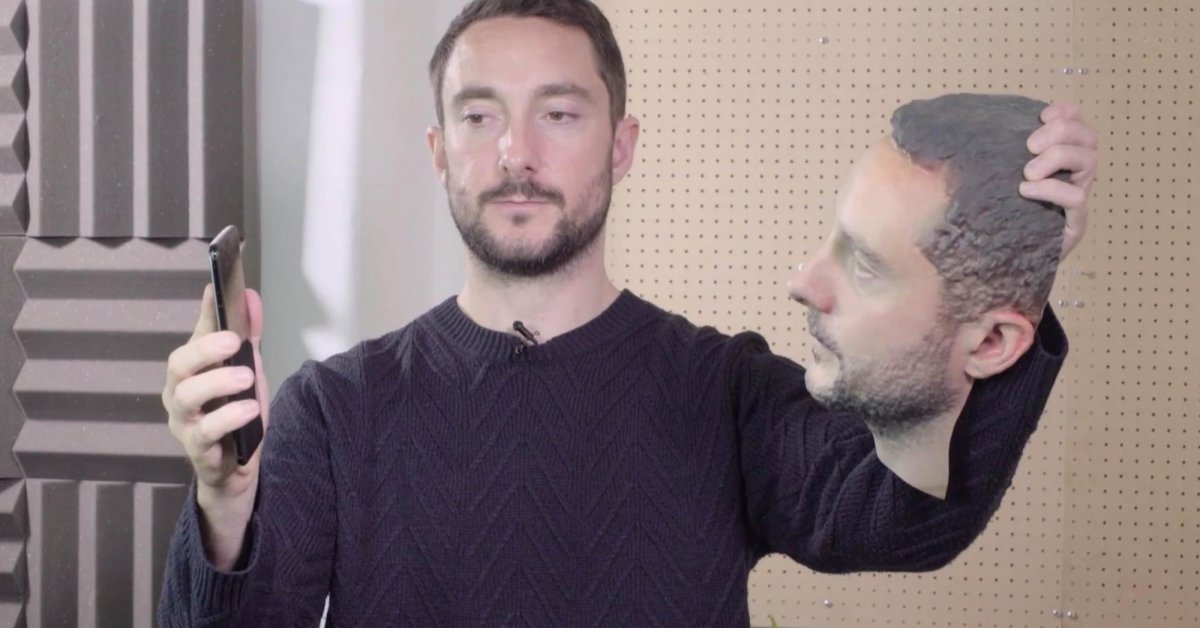
A reporter at Forbes managed to unlock some Android flagships with the 3D print model of his head but failed to do so with the iPhone X.
- Australian Man Sues Apple For His Exploding iPhone X
- Refurbished iPhone India: Best Refurbished Models In India And Prices
- You Can Now Replace iPhone X, Xs, XS Max Display For Half The Price
Facial Recognition feature is getting more mainstream, featuring in many smartphones now. It may seem exciting to be able to unlock a smartphone by looking at them. It is a good alternative to the traditional but still reliable passcode, but can this new Facial Recognition feature be more secure? This debate has been around since it was first introduced. A report at Forbes decided to try out the feature using a 3D-printed model of his head.
The 3D print model of Brewster's head used in the test.
The Forbes reporter, Thomas Brewster, got a 3D-printed model of his own head for around 300 GBP (around Rs. 21,100). His 3D head model was created after taking detailed photos via 50 cameras and editing the pictures. The outcome is a 3D head model of him with the same size as his actual head.
He conducted the test with a total of 5 different devices - Galaxy Note 9, Galaxy S9, OnePlus 6, iPhone X and LG G7 ThinQ. And with the 3D print model of his head, Brewster managed to unlock all four smartphones running Android OS with ‘differing degrees of ease’, but in the end, all of those smartphones were still unlocked.
Interestingly, he failed to unlock Apple’s iPhone X. Brewster said that Apple’s flagship last year was just impossible to cheat with the 3D printed model. That can be explained by the fact that as claimed by Apple, before launching its iPhone X, the iPhone maker had worked with some Hollywood studios to test out the Face Recognition tech with many 3D printed facial masks and objects to make sure that its tech was reliable or not. But in 2017, security researchers had said that they did found a way to beat the Face ID tech of Apple with just a face mask.
Despite Android smartphones’ failure to detect the 3D printed mask, Brewster said that most of the phone makers actually did note in the facial unlock activation that their feature is still not fully secure and it’s more of a convenience. Several producers even advise their users to use a passcode as the secondary security method for their devices.
The test of Brewster also revealed that the there is no such notice on the OnePlus 6 and it is the least secure of all devices being tested.
Even though smartphone companies are trying to make it more convenient for their users to use their devices, they should still leave the final decision to their users. If their users want to use a more secure method, the passcode is probably the better way. Or even a combination of a passcode and a fingerprint sensor are also great. As for Facial Recognition system, it is still only a convenient way for most of the users, not a solidly secure one.
Featured Stories

Mobile - Oct 23, 2025
How Casual Games Are Winning the Mobile Attention War
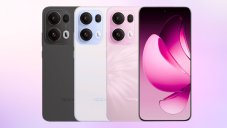
Mobile - Jul 03, 2025
OPPO Reno 14 Series Hits India: Launch Date, Cameras, and Specs
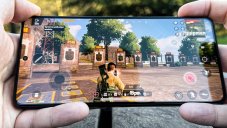
Mobile - Jun 12, 2025
Best Gaming Phones 2025: Top Devices for Mobile Gaming
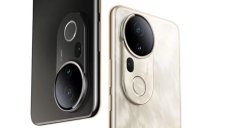
Mobile - Jun 12, 2025
Vivo T4 Ultra Debuts with MediaTek Dimensity 9300+ Chipset
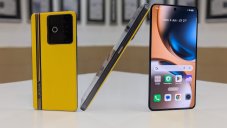
Mobile - Jun 08, 2025
Realme GT 7T Review: Power Meets Endurance in Controversial Style
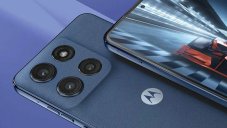
Mobile - Jun 08, 2025
Motorola Edge 60 Set to Debut in India This June
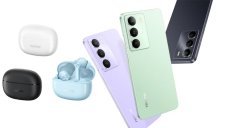
Mobile - Jun 07, 2025
Realme C73 5G Launches in India: Budget 5G Phone Starts at ₹10,499
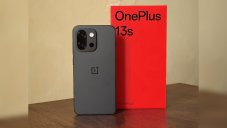
Gadgets - Jun 07, 2025
OnePlus 13s Makes Indian Debut: Compact Flagship Brings Premium Features at...
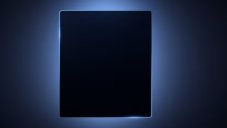
Mobile - Jun 04, 2025
Samsung Galaxy Z Fold 7 Ultra: The Next Chapter of Premium Foldables

Mobile - Jun 02, 2025
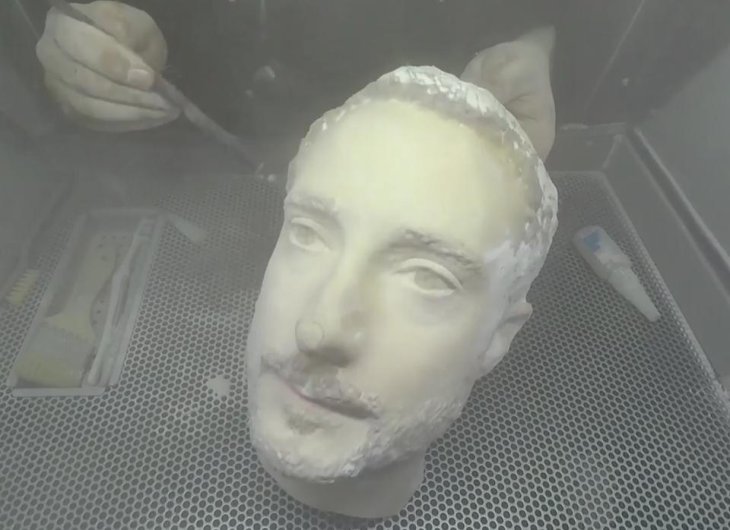

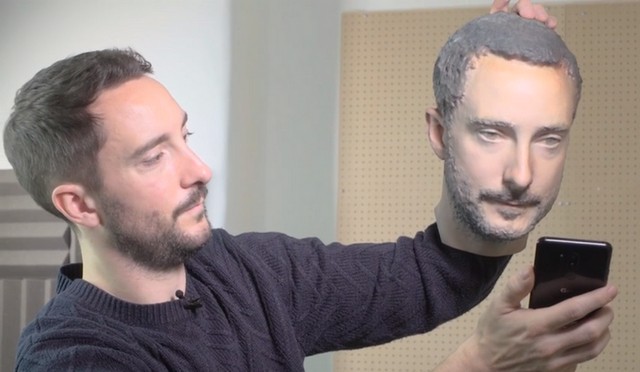
Comments
Sort by Newest | Popular